Protecting turf from the sun’s rays
Solar radiation consists of a broad spectrum of wavelengths, from very short (cosmic rays) to very long (radio waves). Light that’s visible to the human eye makes up a narrow portion of the radiation spectrum, ranging from 380 to 775 nanometers (nm).
For plants, that is the photosynthetic active range.
The visible light spectrum consists of violet, blue, green, yellow, orange and red wavelengths. Long wavelengths, greater than 775 nm, are not as powerful as shorter wavelengths. For the most part, long wavelengths contribute to the heat load of the plant.
Wavelengths shorter than 380 nm, such as ultraviolet (UV), X-rays, gamma rays and cosmic wavelengths, are powerful enough to cause chemical changes. Shorter wavelengths also are powerful enough to break bonds in organic molecules and cause mutation.
In humans, too much exposure to ultraviolet rays is the main cause of melanoma. The best way to prevent melanoma is to cover exposed skin, wear a hat and use sunscreen.
But humans aren’t the only ones who need protection from ultraviolet radiation; plants need it, too. And turf “sunscreen” products are gaining in popularity as part of a total plant health program. Pigment-based products are gathering the most attention, but dyes also are being used. Pigments are relatively insoluble and need to be applied as a suspension, while dyes are water soluble.
If you handle a pigment you will notice that the stains that occur on your hands, pants or shoes are much more difficult to remove than a dye that is easily washed off with water. That distinction has practical importance for superintendents on the job.
Pigments absorb, transmit and reflect specific wavelengths of light. The color we see when we look at turf is a specific pigment that’s reflecting light.The plant contains pigments, primarily anthocyanin and carotenoids, that provide protection to the plant under bright conditions and UV light. The expression of these pigments may be observed during spring, when high light intensities are present for photosynthesis but temperatures are below optimum, causing an overload of sunlight (photoinhibition).
In response, anthocyanin and carotenoids may respond as a protective mechanism. Anthocyanin and carotenoids manifest themselves as turf leaves that are shades of blue, purple or red. Thus, the purple-colored turf patches that appear in spring are the result in many cases of these pigments.
Pigments also can be made synthetically by re-acting a dye with a metallic salt — typically copper. Synthetic pigments reflect green light, transmit red and blue light, and absorb red and blue light, along with UV.
There are a number of questions about how these synthetic pigments influence turf health. For example, they coat the leaf acting like an anti-transpirant, which can reduce water use, but do they also reduce photosynthesis? Do synthetic pigments increase, decrease or have no effect on canopy temperatures? And if the pigments have an effect, how much of an effect do they have?
Do they provide UV or plant protection? If they do provide UV protection, will adding them to a chemical compound such as an herbicide or fungicide reduce the breakdown of these and other chemicals to UV light?
These are just a few questions that we don’t have a lot of turf science to know. The good news is, research is being conducted across the country to answer these and several other
questions.
We here at The Ohio State University are also continuing work on natural pigments with graduate student Dominic Petrella, who is following up work done by former student Edward Nangle. We’ll keep you up to date on our findings.








